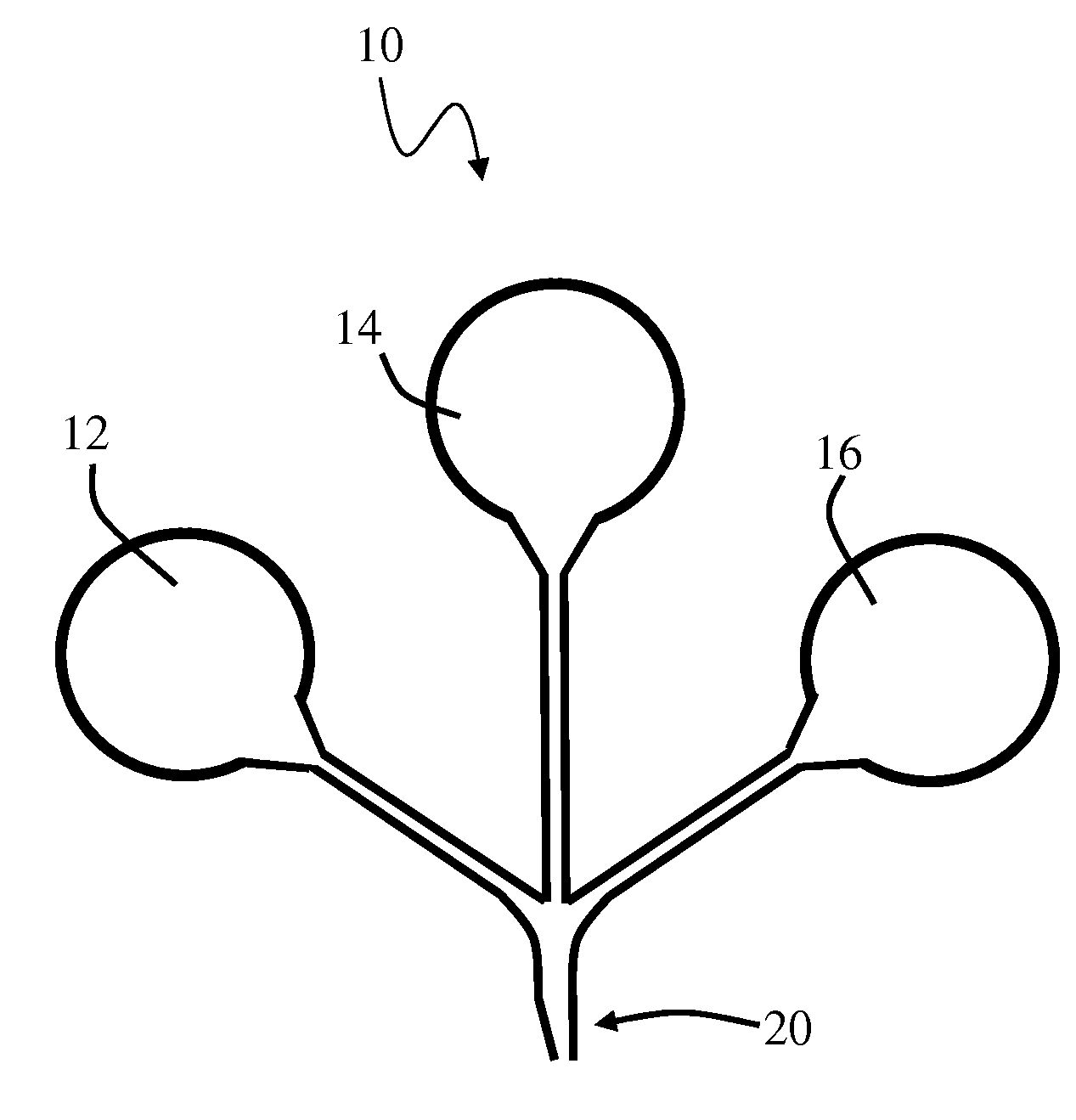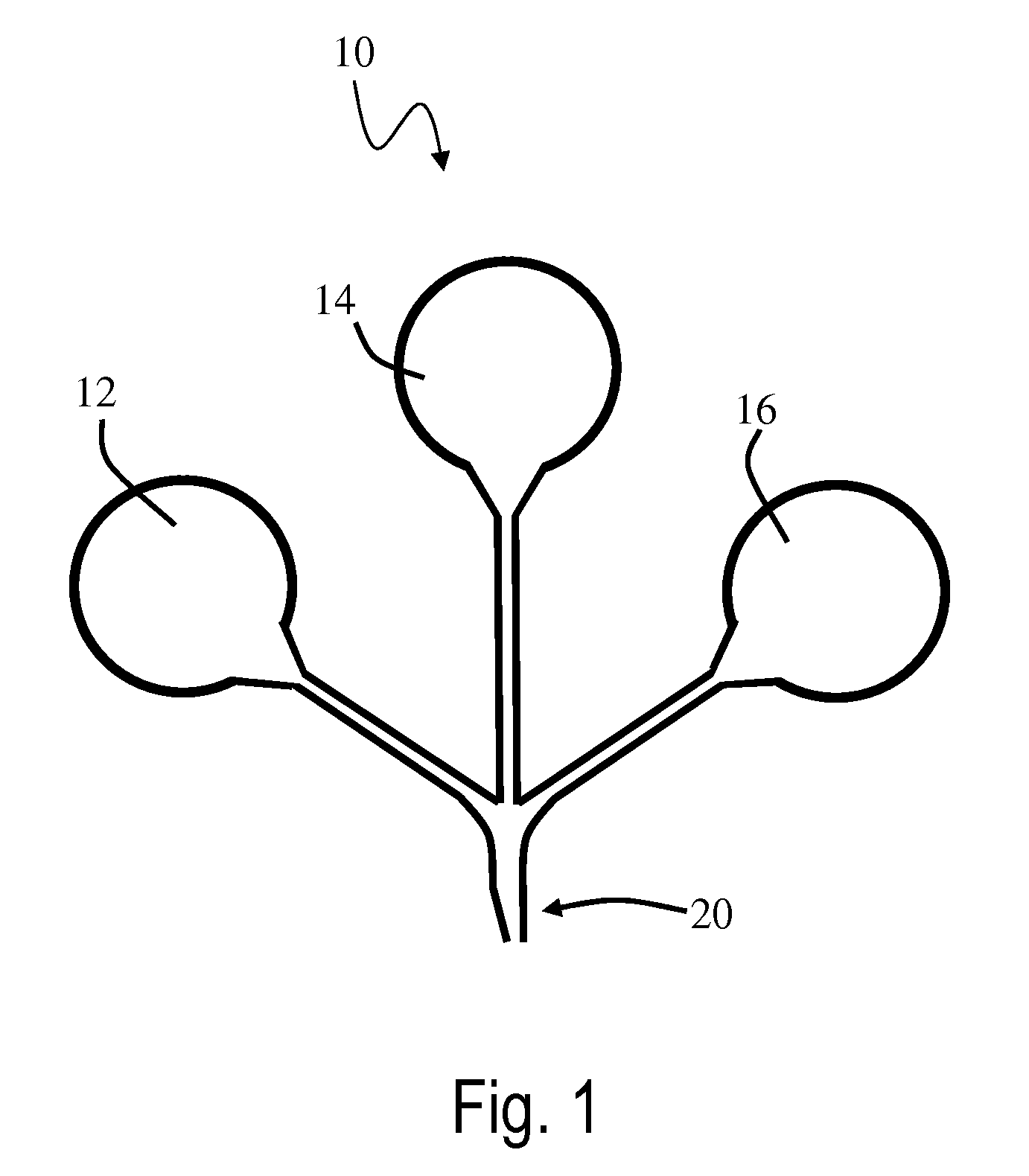Multiple Layer Polymer Interlayers Having An Embossed Surface
a polymer interlayer and embossed surface technology, applied in the field of polymer interlayers and multiple layer glass panels comprising polymer interlayers, can solve the problems of three layer interlayers, multi-layer interlayers, and optical distortion
- Summary
- Abstract
- Description
- Claims
- Application Information
AI Technical Summary
Benefits of technology
Problems solved by technology
Method used
Image
Examples
example 1
[0094]Two, three-layer interlayer samples are separately coextruded in a length that can be later cut into three separate interlayers. Each interlayer comprises a 0.1524 millimeter (6 mil) layer sandwiched between two 0.3302 millimeters (13 mil) layers for a total thickness of 0.8128 millimeters (32 mils). The inner layer comprises 75 phr plasticizer (triethylene glycol di-(2-ethylhexanoate)) and 11.0% residual polyvinyl alcohol, while the outside layers comprise 38 phr plasticizer (triethylene glycol di-(2-ethylhexanoate)) and 18.5% residual polyvinyl alcohol.
[0095]Surface characteristics of the two interlayer samples are controlled during coextrusion with melt fracture to provide differing levels of RZ. The first interlayer—sample A—has an RZ of about 20. The second interlayer—sample B—has an RZ of about 40. The exact RZ values are given in Table 1, where “CMD” is cross machine direction and “MD” is machine direction and where measurements from both sides of each interlayer are sh...
PUM
| Property | Measurement | Unit |
|---|---|---|
| thickness | aaaaa | aaaaa |
| thickness | aaaaa | aaaaa |
| temperature | aaaaa | aaaaa |
Abstract
Description
Claims
Application Information
 Login to View More
Login to View More - R&D
- Intellectual Property
- Life Sciences
- Materials
- Tech Scout
- Unparalleled Data Quality
- Higher Quality Content
- 60% Fewer Hallucinations
Browse by: Latest US Patents, China's latest patents, Technical Efficacy Thesaurus, Application Domain, Technology Topic, Popular Technical Reports.
© 2025 PatSnap. All rights reserved.Legal|Privacy policy|Modern Slavery Act Transparency Statement|Sitemap|About US| Contact US: help@patsnap.com



